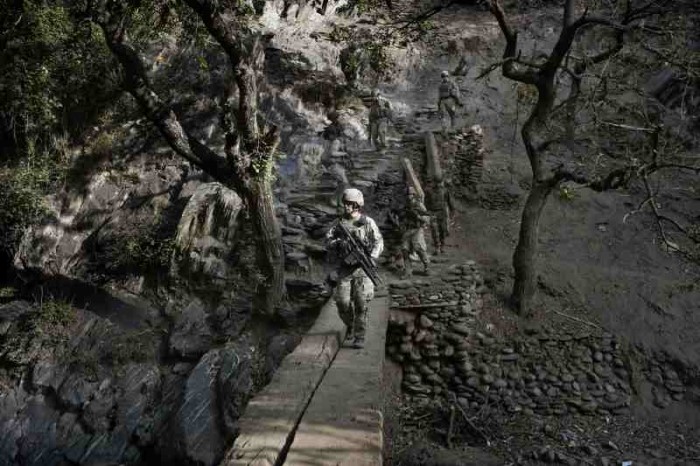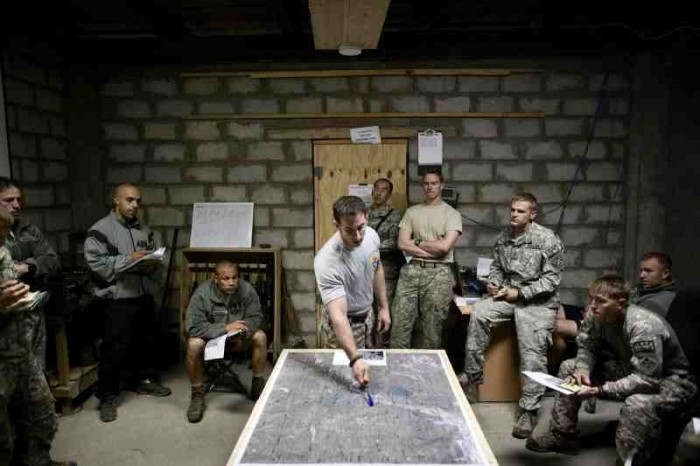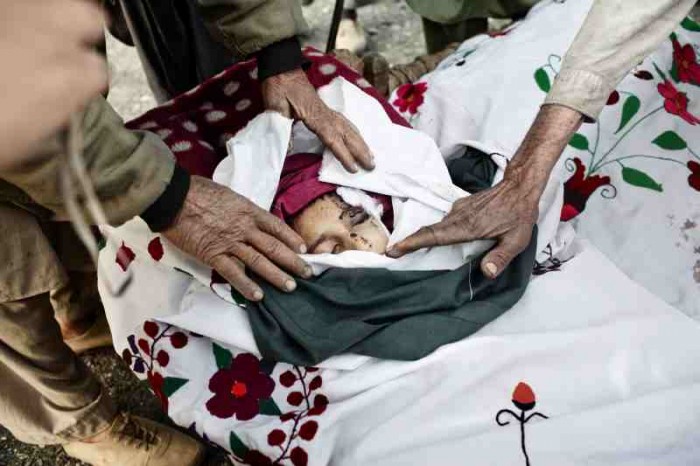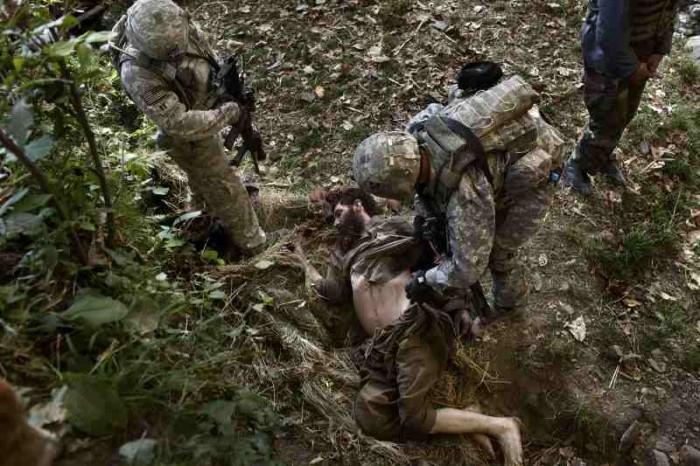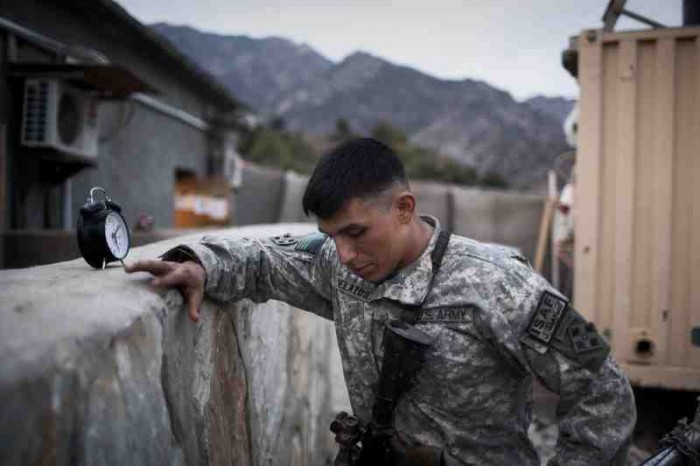The Korengal Valley
-
Prize
-
PhotographerMarco Di Lauro, Italy
-
StudioReportage by Getty Images
-
Website
The Korengal valley, in the eastern frontier of Afghanistan, has become the stronghold of the Taliban fighters. In 2006, Coalition forces and the government of Afghanistan reclaimed the central lumber yard in the region and established the first government presence in the valley since before the Soviet Invasion. Since 2007 the valley has incurred heavy fighting between the Taliban and the U.S. military. Caught in the midst of this fighting are the 6 native Pashai tribes: Baba khel, Ghasu Khel, Langer Khel, Malik Khel, Mutiara Khel and Kathee Khel. The valley is characterized by rocky mountains, blanketed with lush, green forests, therefore there is not enough agricultural land to sustain the population. However the local people manage to survive, mainly sustained by illegal and legal logging. With the renewed government presence legal timber trade has increased through the valley. The Korengal Valley is desolate and the Korengal fighters are fierce, know the terrain and watch the Americansâ?? every move. The outpost, for the past five months has been home to the US Army soldiers from B Company, 2nd Battalion,12th Infantry Regiment, 4th Brigade,4th Infantry Division of whom live in very poor conditions in an extremely harsh environment climbing mountains up to 6000 ft all day long to patrol and fight the Taliban, sleeping in wooden barracks very often with no heating or running water. Their goal is to reconnect the Afghan villages of the valley to their government and provide security to the population. Despite the importance of the mission in the Korengal Valley, the outpost will most likely be closed in the beginning of 2010 as part of a new war strategy being implemented by the ISAF under the command of U.S. General McChrystal.
Photojournalist Marco Di Lauro was born in Milan on 31 October 1970. He studied literature and philosophy at Milan State University, followed by journalism at Boston University and photography at the European Institute of Design in Milan.
Marco started his personal carrier in 1990s as a freelance photographer for New York Times, Usa Today, Der Spiegel and the Un World Food Programme. In 1997 he was one of the few photo-reporters on hand in Kosovo when the ethnic cleansing begins. Due to this experience, he enters in the staff of Associated Press, where he remained from 1998 to 2002.
During the Millennium, Marco worked ad a photo editor at the AP office in Rome while also being one of the key photographers covering Pope John Paul II.
In September 2002, Marco joined Getty Images covering international news stories in Middle East, Central Asia, Africa and Italy. He reported through his photos the major conflicts around the world, like the wars in Kosovo, Iraq, Afghanistan, the second intifada between Israel and Palestine, Lebanon. Marcoâ??s main topics are war and religion.
In the last 10 years his pictures were published on the main international magazines, and he has won some of the most important photographic awards.
